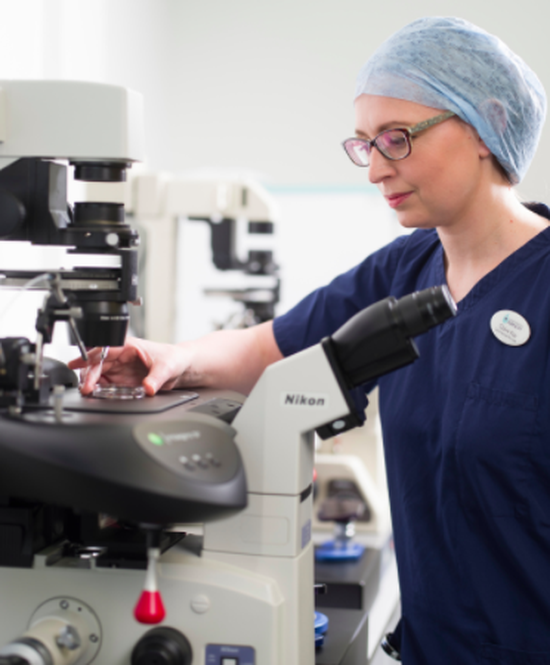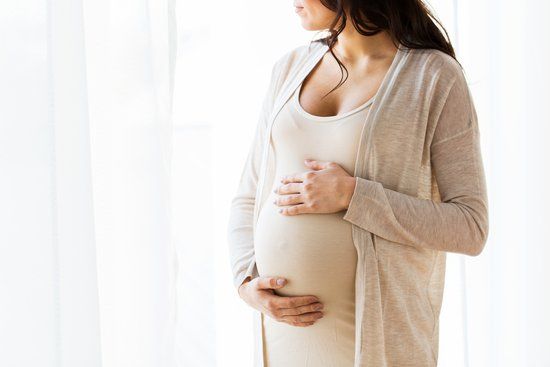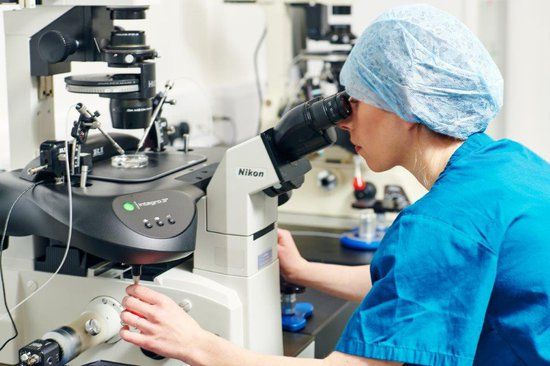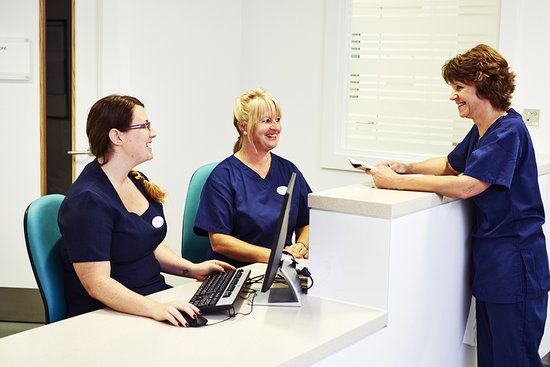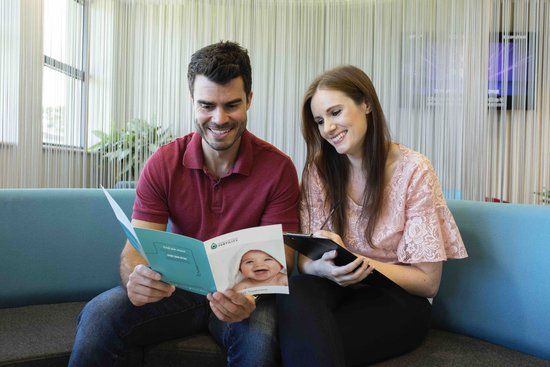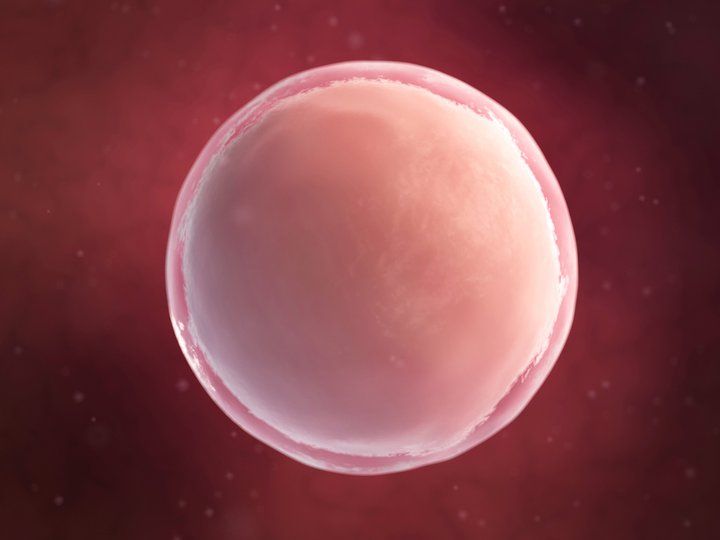
If you’re researching IVF treatment and its success rates, you’ll see that ovarian follicles play a significant part in every IVF cycle. But what exactly are the follicles, and why are they so important to your IVF cycle’s success?
What are ovarian follicles?
Ovarian follicles are small, fluid-filled sacs in your ovaries. Inside each follicle is an immature egg, which develops as the follicle grows. When the egg matures and the follicle reaches the optimum size, a surge in hormone, known as an LH surge, occurs, and the egg is released. This is when ovulation occurs.
What happens to follicles during IVF?
In IVF, your ovaries are stimulated to make multiple follicles grow together and produce many mature eggs. Ultrasound scans help to identify how many follicles are growing and when they have grown to the right size.
Our expert sonographers will monitor your response during the stimulation, and our medical team will review your treatment schedule.
When your follicles are ready, you will be given a trigger hormone injection. This injection makes your follicles mature the eggs and prepare them for release. We carefully time your egg collection procedure in our clinic’s theatre before egg release happens.
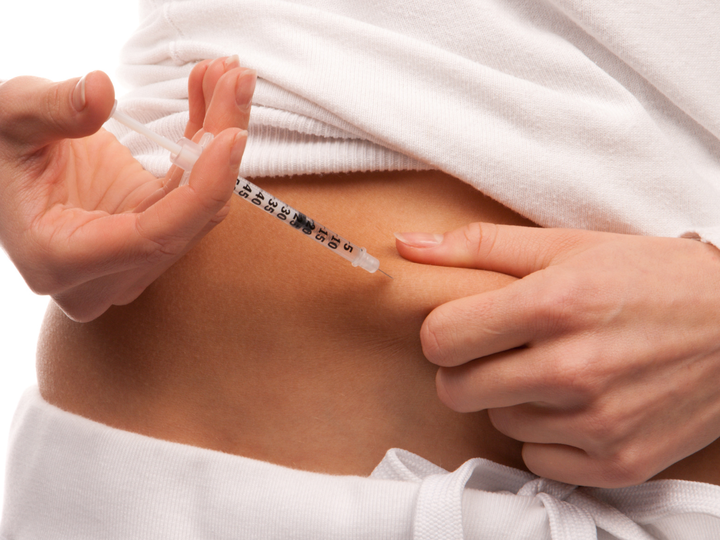
How many follicles do I need for IVF?
Follicle reserve and response are variable, but it’s important to remember that even if you have a good number of follicles, it doesn’t necessarily mean you have a higher chance of success. What matters most is the quality of the eggs produced. It only takes one egg to make a baby. This is why some women who only produce a few follicles still have successful IVF.
How many eggs are produced in the ovaries during IVF?
Results vary depending on your follicle reserve level (AMH and antral follicles), response to ovarian stimulation and other factors such as age, genetics, and lifestyle. On average, around 10-14 eggs from a cycle is considered a good response.
What happens if I produce too many follicles?
Ovarian Hyperstimulation Syndrome (OHSS) is a potential side-effect of ovarian stimulation. This is when your ovaries over-stimulate and produce too many follicles and mature eggs. We’ll be able to identify if you’re at risk of developing OHSS throughout your initial testing and screening process and take the necessary steps to minimise this during your treatment cycle. The NHS states that the risk of women developing moderate or severe OHSS during fertility treatment is only 1%.
If you have any questions about follicles and IVF, speak to our friendly New Patient Coordinators on 0161 300 2737. You can also request a callback or a non-medical 1-2-1 Discovery Appointment.
Last updated: 10th June 2024


